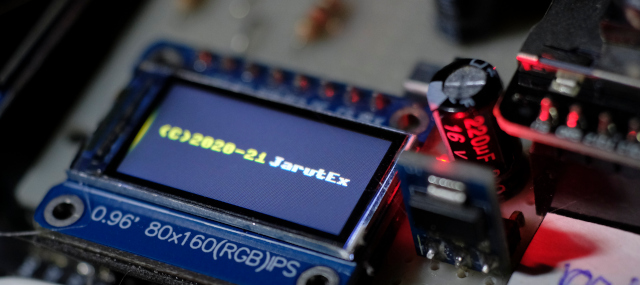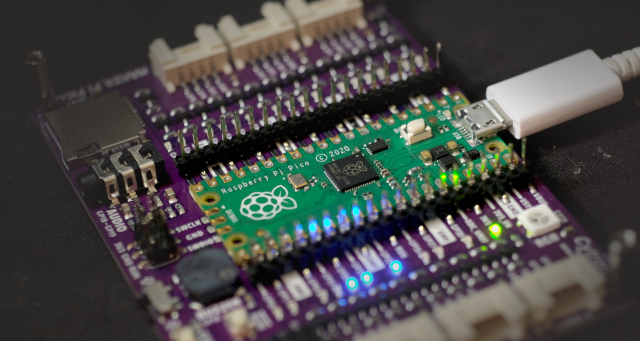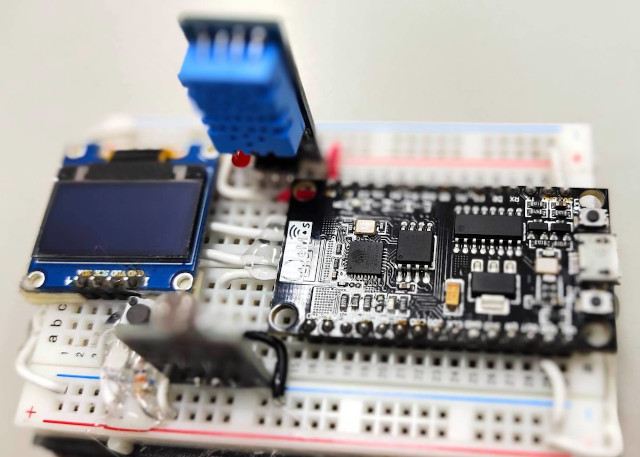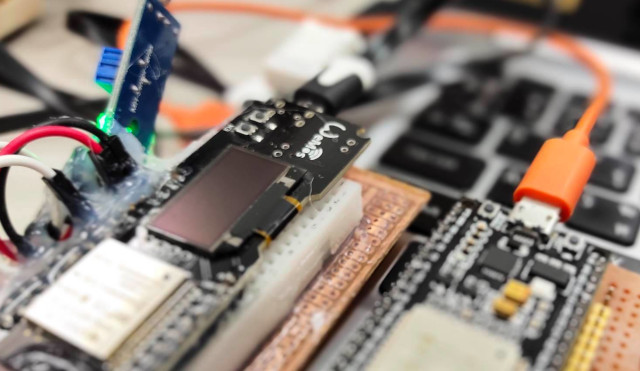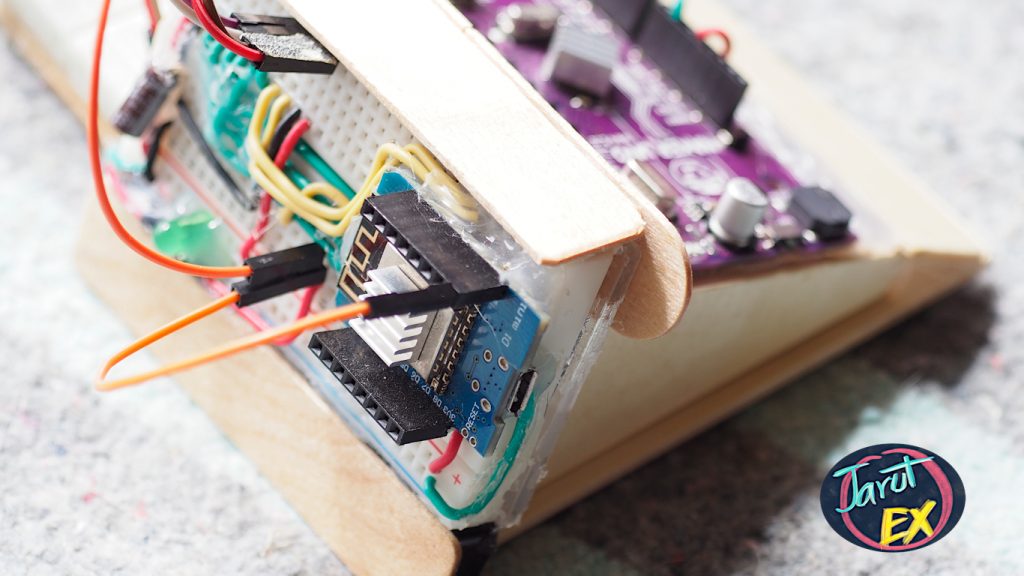[EN] Improve st7735 blue-tab/red-tab 0.96 ” library
This article is an update of the st7735 library file for Micropython by Billy Cheung (accessed 2021-09-07) published on github. It is a library that has been updated by Guy Caver to support ST7735s. The required libraries include st7735.py and sysfont.py Guy Carver implements esp8266 and esp32 to provide better display speed through the principle of display buffering for pixel storage and additional instructions for sending data from buffer to TFT module via SPI bus.
